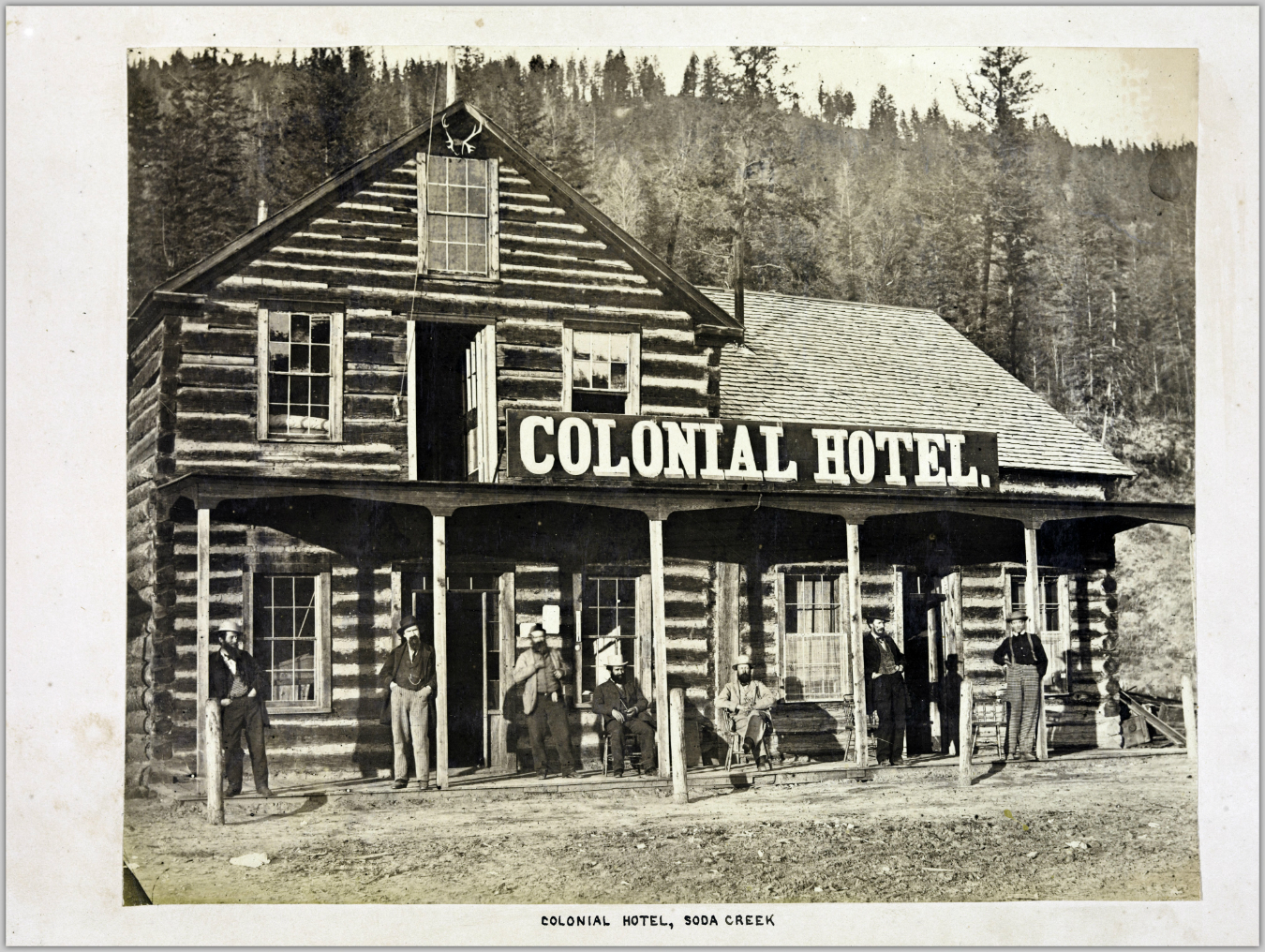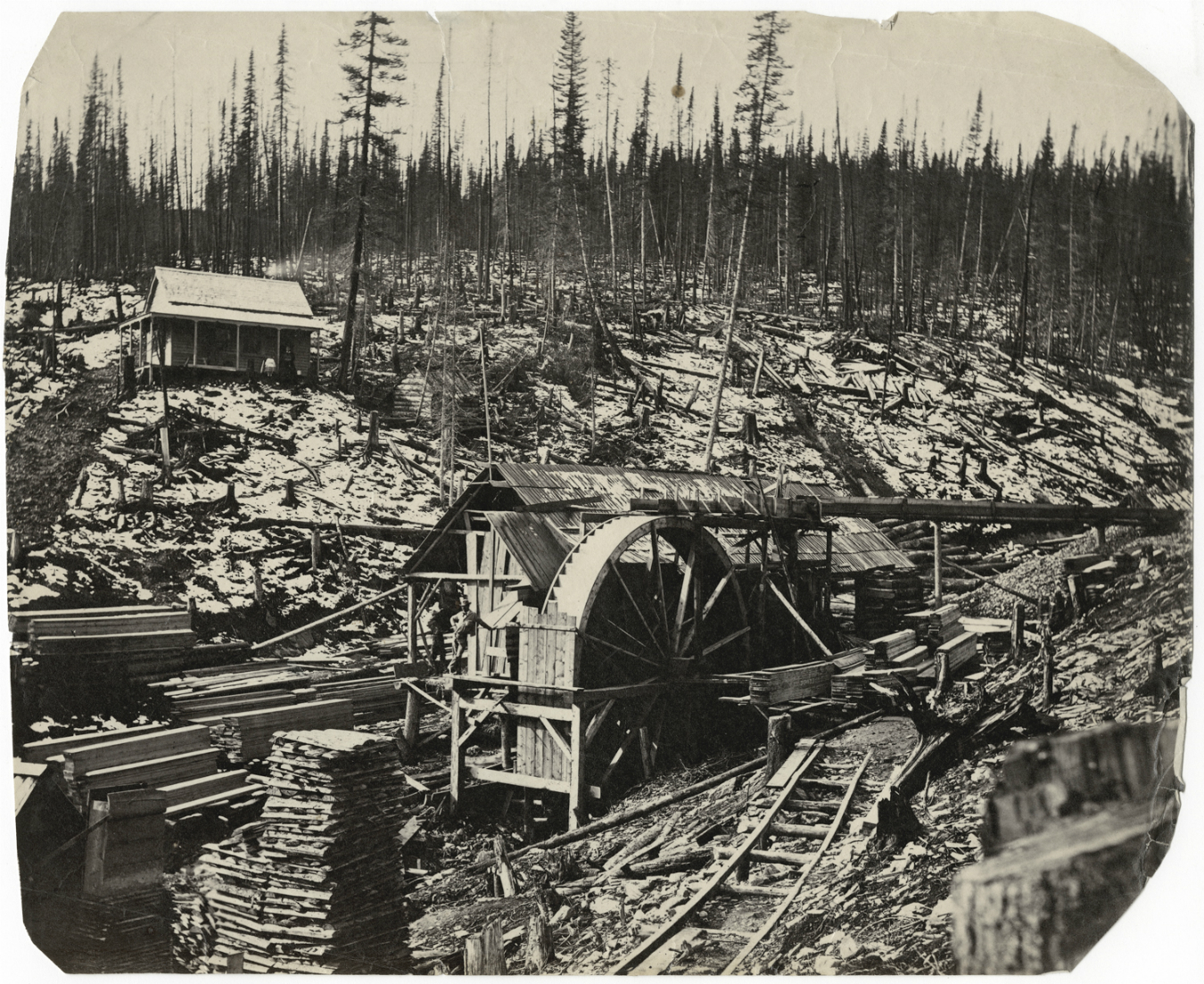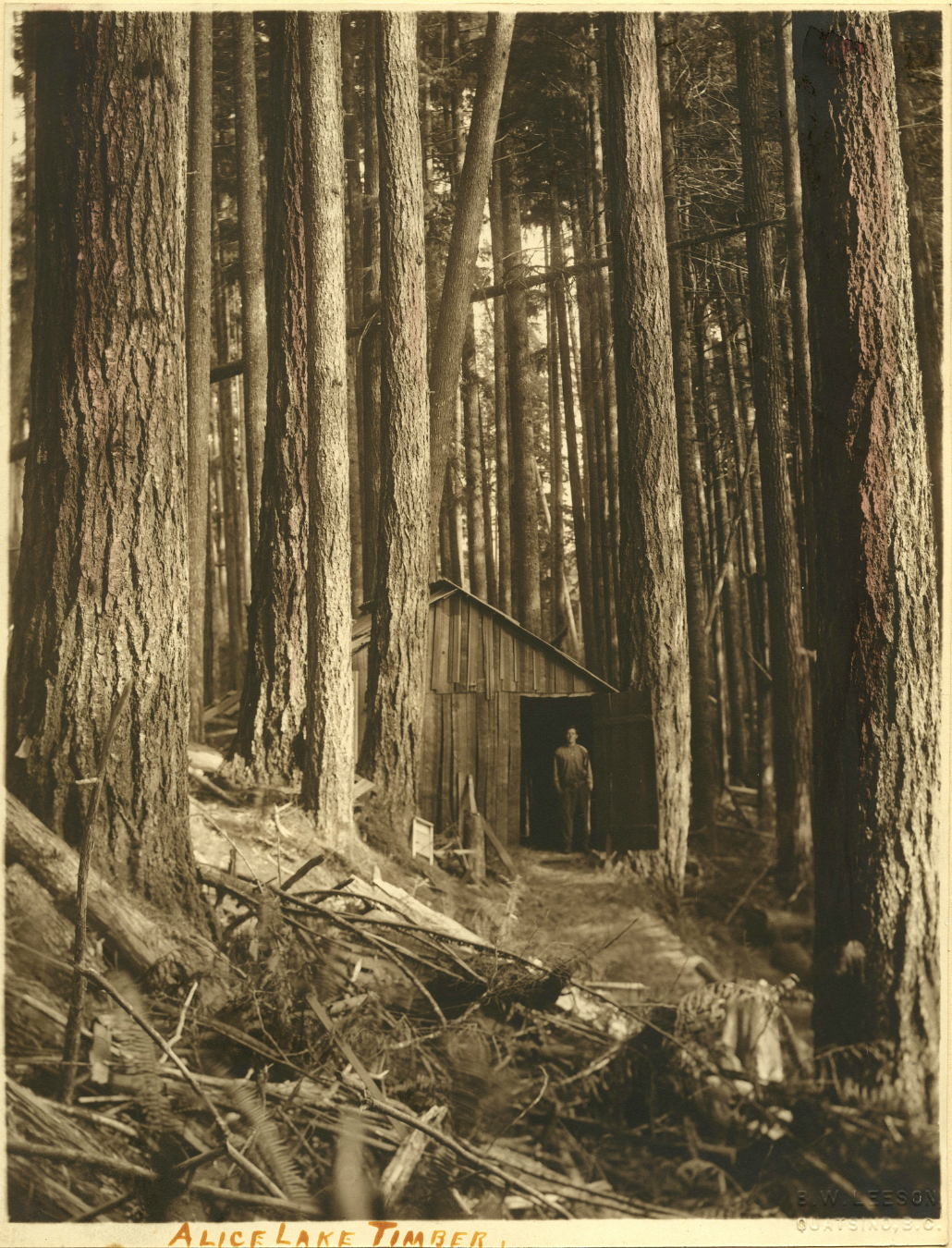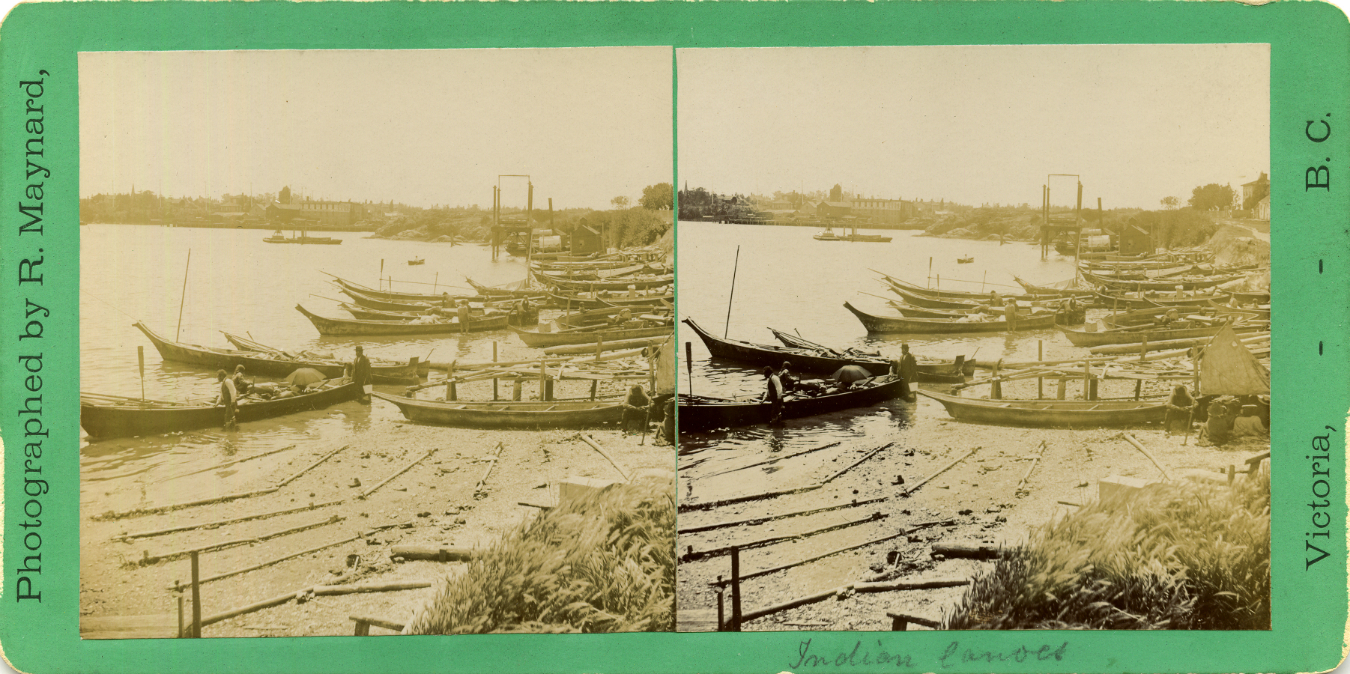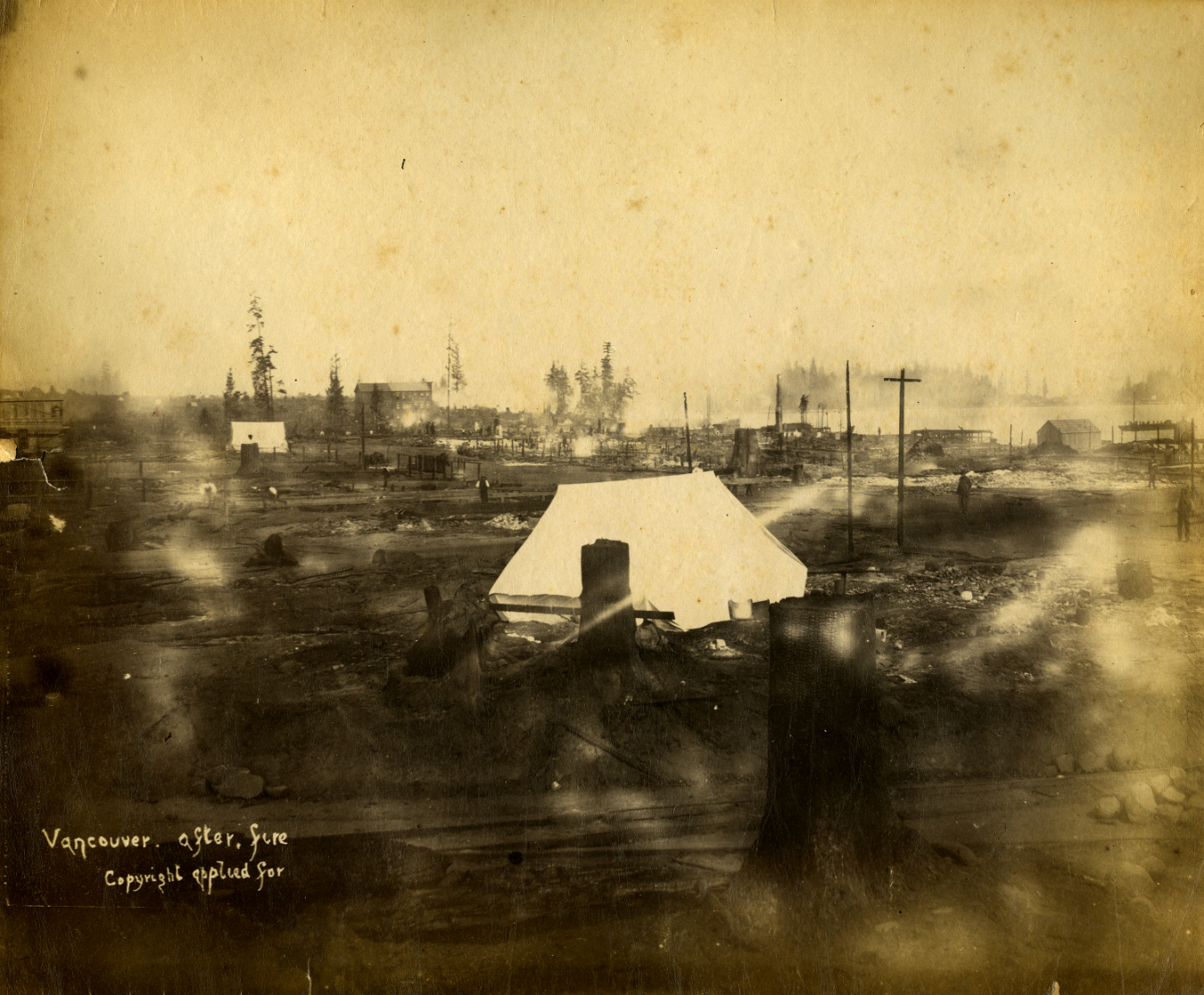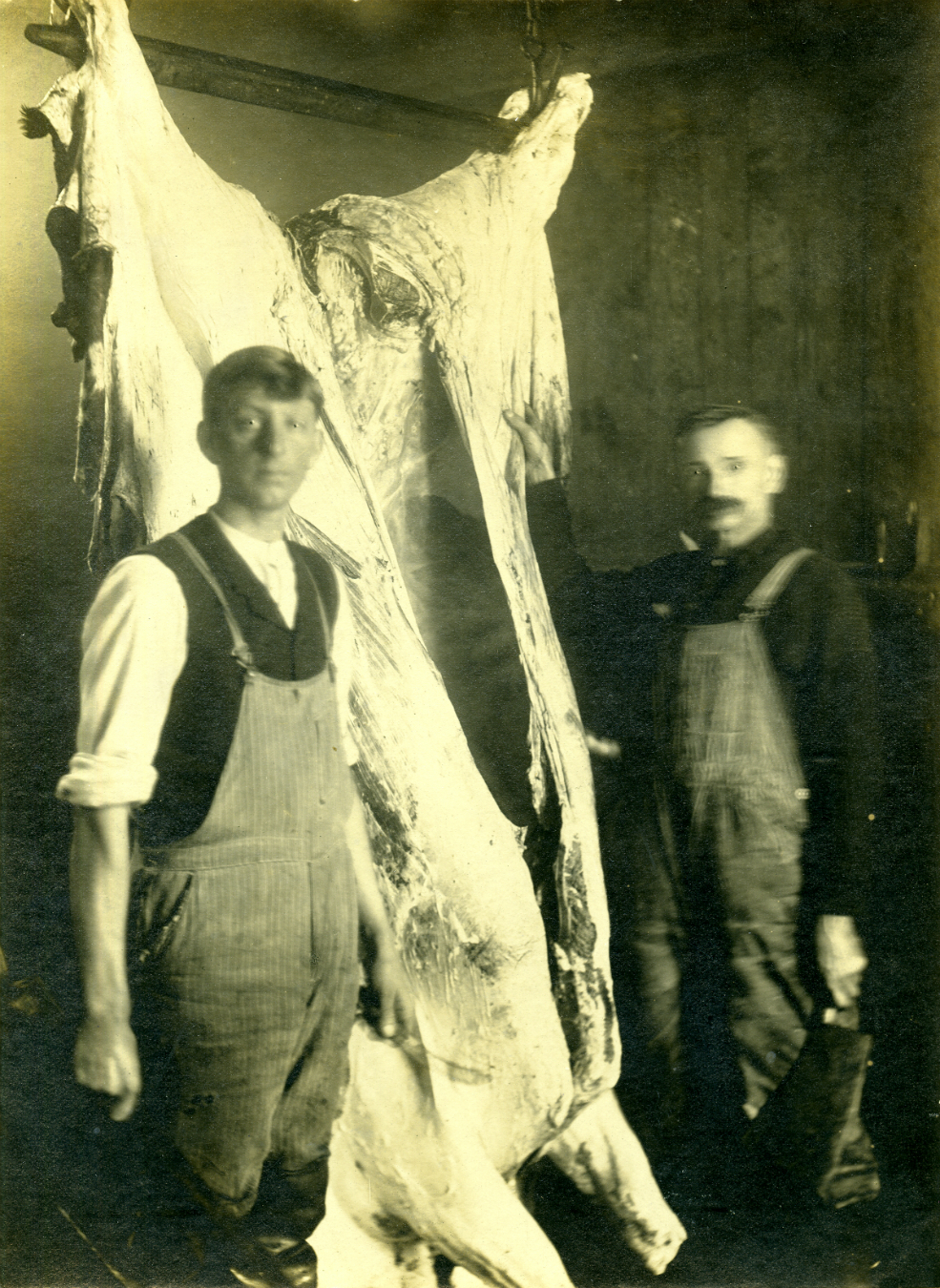Gold changed everything.
The Fraser River Gold Rush that began in 1858 started the area on a path to self-discovery. A surge of 30,000 workers pursuing the precious commodity came to the West Coast, and soon enough, the area was made into two separate colonies named British Columbia and Vancouver Island. In 1866, the colonies joined together under the name British Columbia, which was then given a representative government. British Columbia made Victoria its capital, and joined Confederation in 1871 to officially become a Canadian province.
This is where our story begins: on the fringes of what we now know as Beautiful B.C.
For the first time, a fantastic collection of images outlining B.C. life from 1860 to the early 20th century are on display at Presentation House Gallery in North Vancouver. “Nanitch: Early Photographs of British Columbia from the Langmann Collection” opens March 30 and runs until June 26, 2016. Pulling photographs from the UBC Library’s Uno Langmann Family Collection of BC Photographs, the exhibit offers a rare look at hundreds of images and artifacts that explore the province’s political, social, and economic background. Viewers will see scenes of the time’s industries, including farming and logging, as well as more personal shots of settler families, as well as First Nations (who were, unarguably and wholly, the first to the land. And indeed, it is an important point: early albums on display portray, among other things, the displacement of local indigenous groups). Rounding out the pleasurably retro black-and-white photographs are other items including postcards, silver prints, and stereographs.
Uno Langmann has always been a collector of things, starting when he was young with coins and maps. Upon moving to Canada in 1955 (he sold his original assemblage to finance the journey), his interest turned to images. “Why photographs? The history of British Columbia and the Pacific Northwest fascinated me and I wished to understand it more thoroughly,” Langmann writes in the exhibit catalogue’s foreword. “What better way to learn our history than through images, especially at a time when these historical events were within recent memory. The material was easily obtainable because at the time it was underappreciated, sold in secondhand stores and garage sales for very little.” Wanting to share their breadth—and the education it serves—to the public, Langmann and his wife Dianne donated their bursting collection (of over a whopping 18,000 pieces) to the UBC Library in 2014.
For a province (and country) that by the ancient world’s standards is still a toddler, the chance to examine the past, however short in span, is exciting. B.C. is a mere drop in the historical bucket, but taking the time “to look and watch”—a translation of the word “Nanitch” from Chinook Jargon—what came before can help us navigate what happens now.
Read more from our Arts page.

